Wilt Chamberlain had just finished watching Secretariat destroy the rest of the field by an incredible 31 lengths at the Belmont Stakes, becoming the first Triple Crown of Thoroughbred racing winner since 1948.
Asked by a Sports Illustrated reporter what he thought of Secretariat’s mind-boggling achievement, Chamberlain replied: “That’s the second greatest sports performance I have ever witnessed.”
“What’s the first Wilt?” inquired the reporter, scratching his head, thinking what could be No. 1.
“My 100 point game! My 100 point game, my man,” replied Chamberlain, in regard to his Herculean scoring effort 11 years prior while wearing the uniform of the Philadelphia Warriors.
It was on March 2, 1962 that the 7-foot-1 Chamberlain dropped a century on the New York Knickerbockers in a regular season game played at Hersheypark Arena in Hershey, Pennsylvania.
But now the date was June 9, 1973 and Chamberlain was thinking about the similarities between Secretariat and himself.
“What made this chestnut-colored stallion so special?” he thought to himself.
“It must be his heart,” he said out loud in deep baritone voice to no one in particular. “That’s it. The X-factor. He has the heart of a champion!”
Years later an 1989 autopsy of Secretariat – he was euthanized October 4, 1989 at the age of 19 due to a painful and often incurable hoof condition known as laminitis – discovered that Secretariat’s heart weighted close to 22 pounds!
The average thoroughbred heart weights nine pounds.
Chamberlain knew all too well about having “a big heart” and being the greatest in one’s chosen field…in this case professional basketball.
But with a “big heart” comes a lavish lifestyle and the need of a “big bank account.”
We gallop forward three months.
Chamberlain, no spring chicken now at age 37 and having completed his 14th season in the NBA, no longer had a $200,000 a season contract with the Los Angeles Lakers a team in which two years prior he had led to an NBA title while earning Playoffs MVP status.
The leader in NBA career points and rebounds, Chamberlain needed to up his net worth. He needed to pay bills.
For example…in 1971 he had completed construction of his 7,158 square-foot Bel Air mansion. Named Ursa Major, the house was an architectural wonder, and like Chamberlain, bigger than life.
His master bedroom occupied the entire second floor, the centre piece a 72 square-foot bed with a bed spread composed of wolf-nose fur.
Above the bed was a retractable, mirrored ceiling where Chamberlain – nicknamed The Big Dipper – could witness the heavenly Big Dipper on clear nights.
Other features included a gold-lined hot tub, a swimming pool that flowed into the living room, a 14-foot high 2,000 pound front door and a downstairs purple adult playroom with custom wedge sofas in velvet surrounding a waterbed and mirrors.
Even with several national endorsements under foot, Volkswagen Rabbit the most popular, Chamberlain realized that he still needed a bigger cash inflow in order to maintain his opulent existence for future years.
Into the Chamberlain sphere came San Diego orthodontist Leonard Bloom, owner of the San Diego Conquistadors (hence forth simply known as the Qs) of the American Basketball Association (A.B.A.).
The A.B.A. had been formed in 1967 to challenge the NBA and distinguished itself apart from the senior league with a more wide-open, flashy style of play with a 30-second clock, three-point field goal and the popular red, white and blue basketball.
But the ABA still played second fiddle to the NBA in the summer of 1973.
Bloom was entering his second year as owner of Qs.
During their first season in the ABA (1972-73) the Qs played out of San Diego State’s 3,200-seat Peterson Gymnasium.
Bloom had originally targeted the city-owned 14,500 San Diego Sports Arena but proprietor Peter Graham had refused Bloom the usage of the facility as he believed that having an ABA franchise as a tenant would tarnish the hopes of bringing an NBA team back to the city?
Graham quickly changed his mind, welcoming Bloom and the Qs when the rumour mill later confirmed that Chamberlain was jumping to the ABA and would be wearing Qs colours as player-coach.
This was solidified September 26, 1973 when Chamberlain signed a three-year $1.8 million contract. In today’s economy that would be between $16 – $26 million per year!
The next day though the Los Angeles Lakers went to court…the law courts…to block Chamberlain from playing in the ABA in as much as they still held a one-year option clause on his contract.
It was soon decided by an arbitrator that Chamberlain could only fulfill the role of coach and that until further arbitration he could not play for the Qs.
With the news of Chamberlain relegated to the pines, the Qs went from “favourite to win the 1973-1974 ABA Championship” to “second tier status” in the 10-team league behind the Denver Nuggets, Kentucky Colonels, Indiana Pacers, New York Nets and Utah Stars.
Coach Chamberlain was not that much different from Player Chamberlain aside from the fact that instead of scoring points on the hardwood he now had more time to score with the ladies off of the hardwood.
“I remember sometimes Wilt would be late for practice or have to leave early because he had a date with some Hollywood sex symbol or a model,” recalled ABA veteran Stew Johnson, who in 1972-1973 had represented the Qs at the ABA All-Star Game. “But what was really amazing was that Wilt sometimes would leave right after our games and not even come back to the locker room because he had spotted some lucky lady in the audience and was now out on the prowl.”
Truth be told, it was Qs assistant coach Stan Albeck calling the shots with Chamberlain more of a gimmick to get fans in the stands.
The gimmick was fine at first but soon the fans became more interested in the Qs team.
Led by rookies 6-foot-11 Caldwell Jones from Albany State University and 6-foot-1 Bo Lamar from University of Louisiana at Lafayette, the Qs surprised majority of the critics winning 35 of their first 70 games for a .500 record.
Following game 70, which was held March 3, 1974 in Denver with the Qs dropping the Rockets 132-124, the world of basketball received a much belated Christmas present as an arbitrator ruled that Chamberlain could now fulfill his duties as a player.
His debut would be in three days time, March 6th in a home game against the New York Nets.
The wheels were in motion heading towards basketball history.
But disaster struck two days later, March 5, when Qs center Caldwell Jones, who had been averaging 18 points per game, 14.9 rebounds per game and a league leading 4.1 blocks, broke his arm in a scrimmage while attempting to block a Chamberlain dunk.
Jones would be lost for the rest of the season, which had 14 regular season games and possible playoffs on the horizon.
Chamberlain was now the man in the middle. The only man.
Originally when he joined the Qs, Chamberlain had stated that he would play only 10-15 minutes a game as Jones back-up.
No longer would he play his usual 45–48 minutes per game that showcased his skills in the NBA and two championship teams; 1966-67 Philadelphia 76ers and 1971-72 Los Angeles Lakers.
The problem now pertained to the fact that Chamberlain had quickly traded away big men 6-foot-9 Gene Moore and 6-foot-8 Red Robbins on the morning of March 4 when it was announced that he could now dawn his No. 13 uniform to back up Jones.
The only tall timber left on the Qs roster was 6-foot-8 rookie Tim Bassett from the University of Georgia.
In his ABA debut versus the New York Nets, Chamberlain, who arrived only minutes before tip off having had a late dinner with Woody Allen while discussing the merits of having a pet rock, had a mediocre performance, at least for him, with 18 points, 16 rebounds and four blocks in a 111-97 loss.
A far cry from his NBA debut of 43 points, 28 rebounds and 17 blocked shots or his college debut of 52 points and 31 rebounds.
During the next 10 games the Qs went 3-7 to drop to record of 38-43
Chamberlain, still not in playing shape, would have his highs. A 35 point, 29 rebound game against the Memphis Tams.
But there were also some embarrassing lows. In a March 15 game against the Indiana Pacers, Chamberlain had been held to two points by 6-foot-9 centre Mel Daniels who also out rebounded Chamberlain 26-18.
A few days later 6-foot-11 Nets’ Billy Paultz humiliated Chamberlain when he blocked back-to-back shot attempts of the big fella. Uncle Wiltie was not too happy.
The media did not keep their blindfolds on and started ridiculing Chamberlain’s inconsistent play.
“Wilt Washed Up”, “Stilt has Wilted”, “Superman Just a Man” read the newspaper headlines.
The Qs were in a race for the final playoff spot, needing to win at least two of their three final contests.
Of his performance on the court, Chamberlain mused “I’m not really in shape yet” and “I have to concentrate more on coaching then playing when I am on the court.”
Although his pride was dented, he still knew his bank account was $1.8 million richer.
On March 24 the Qs traveled to Louisville to play the league leading Kentucky Colonels. A powerful squad that featured 7-foot-2 Artis Gilmore.
Gilmore, averaging 18.7 points per game, 18.3 rebound per game with 3.4 blocks, had been granted many accolades since entering the ABA in 1971; Rookie of the Year and League MVP in 1971-72 and had been selected the ABA All-Star Game MVP only a few weeks prior.
It was the first time the two giants of basketball were to meet.
Gilmore totally owned Chamberlain scoring 42 points, rebounding 28 boards and blocking 10 shots. Chamberlain had 12 points, 15 rebounds and three blocks.
The Qs lost 132-110.
A historic first also happened this evening. Chamberlain fouled out of the game!
Yes you read it right the “first time Chamberlain fouled out of the game!”
Chamberlain had been quoted many times during his pro basketball career that he was more proud of having never fouled out of a game than his 100 point game.
He had now lost that record. His pride was hurt!
The season looked like it was over. Two games remained. A road game versus the Memphis Pros and the season finale at home game against the Colonels and Gilmore!
The Qs’ needed to win both games to qualify for post season play.
It was a different Chamberlain against the Memphis Pros.
The Big Dipper was not chipper.
In fact, instead of showing up his usual 15 to 20 minutes prior to tip-off Chamberlain came to the gym four hours early to practice.
Chamberlain completely dominated Pros centre Randy Denton and Lee Davis scoring 59 points while grabbing 43 rebounds and blocking 16 shots. The Qs’ won soundly 128-79.
One game remained. A rematch with the Colonels.
News of Chamberlain’s performance against the Pros and the do-or-die matchup against Gilmore gained the attention of the national media.
Ticket scalpers were getting as high as $300 a ticket to get into the sold out March 24 game at San Diego Sports Arena.
During warm-ups, Qs’ assistant coach Albeck noticed that Chamberlain was unusually quiet.
He had also noticed that when starlets Rachel Welch and Farrah Fawcett had walked by Chamberlain, the big fella had not even batted an eye or use one of his famous pickup lines.
He now spotted in the crowd one of Chamberlain’s former teammates and best friends, Al Attles of the champion 1967-1968 Philadelphia 76ers.
Albeck walked over to chat. “What’s wrong with Wilt? He seems nervous?” inquired Albeck.
“You won’t believe me if I told you so,” replied Attles.
“What? What’s wrong?” asked a now worried Albeck.
“Well. Since that loss to the Colonels, Wilt has not had sex with any lady friends.”
Albeck did the quick math in his head. “That’s impossible? That’s four days!”
“I know said,” Attles. “He has also been pumping weights, getting eight hours a sleep (Wilt was an insomniac) running and practicing hoops privately four or five hours a day.”
Albeck walked slowly back to the bench somewhat perplexed and at the same time elated.
The Colonels were coming into the game with a 55-18 record.
Aside from Gilmore, they also boasted the talents of forward-centre 6-foot-9 Dan Issel, a three-time ABA All Star who was 1970-71 Rookie of the Year and ABA All-Star MVP in 1971-72, now averaging 25.5 points per game and an impressive 10.2 rebounds per game.
The Colonels – coached by Babe McCarthy – game plan was to double or triple team Chamberlain and force Lamar and Stew Johnson into shooting three-pointers.
The game plan did not work.
Chamberlain won the tip-off, tapping back to Lamar.
Taking usage of his eight-foot strides, Chamberlain sprinted towards the Colonels basket…Lamar lobbed a half court alley-oop pass to Chamberlain, now vertical, his arms at least three feet above the ten-foot rim. Thunk!
Chamberlain dunked the ball with such ferocity that it bounced off Gilmore’s head pushing his Afro down at least four inches and knocking him to the floor.
The 15,673 fans in attendance went silent, mouths agape.
Seconds later they exploded in complete pandemonium.
Gilmore played the first quarter in a complete funk.
Chamberlain went on a scoring spree dropping in 15 field goals of 18 attempts while hitting an impressive eight-for-eight from the free throw line. A total 38 points in 12 minutes!
During the first period break, Coach McCarthy looked into the glazed eyes of Gilmore.
“Artis…Artis….are you ok?”
“Yes mom,” replied Gilmore, with a slightly quirky smile aside.
“Artis. Where are we right now? Who are we playing?”
“Mom…you know where we are. We’re at grandmas for Thanksgiving dinner.”
Gilmore was out for the rest of the game.
In his place Issel was granted the honour of covering Chamberlain.
Six fouls and 11 minutes later, Issel now sitting the pines, the duty to stop Chamberlain went to former Qs player Red Robbins…all 6-foot-8, 190 pounds of him.
Robbins held Chamberlain to four points during the next 60 seconds leading to the half.
Qs’ 71 Colonels 44. Chamberlain 59 points.
The second half was much the same as the Qs fed the rock inside to Chamberlain, who used a variety of offensive arsenal; finger rolls, turnaround bank shots and thunderous dunks.
Chamberlain was smiling. The big fella was having fun. The game reminded him of his days with the Harlem Globetrotters.
Play hard. Have fun.
At the end of three quarters Chamberlain had scored 76 points.
Entering the fourth quarter the Colonels decided to place three players on Chamberlain in a disguised zone. When that didn’t work they quickly fouled other Qs’ players to send them to the free throw line thus keeping the ball out of Chamberlains hands.
But Chamberlain still managed to score when his teammates purposely banged free throw attempts off the rim so he could soar up over the defender, rebound and dunk the ball in one motion.
Such was his powerful dunks that officials had to replace the official game balls three times due to the fact that some of the air had been knocked out of them.
With three second remaining in the contest, Qs’ ball on the side, Chamberlain had 98 points and the fans were chanting 100! 100! 100! 100!
Plenty of time for Lamar or fellow guard Billy Shepherd to lob it into the big fella to reach the century mark for the second time in his career!
Could Chamberlain repeat his 100 point game performance he had set March 2, 1962?
He would not.
Posted down low, Chamberlain jumped up to take the lob pass in from Lamar.
Instead of turning to put up a simple finger roll or fade back for a sure bank shot, Chamberlain dribbled and took two strides out towards and then past the three point line.
He then turned and shot the ball at the buzzer.
Swish. Nothing but net.
Chamberlain had scored 101 points!
Yes the Qs did win the game 161–101 and yes the Qs would go on to win the ABA Championship, defeating the New York Nets in four straight games.
Instead of playing or coaching two more seasons Chamberlain would announce his retirement via a phone call on May 2, 1974.
A month later Chamberlain would bump into the same Sports Illustrated writer he had saw a year earlier when Secretariat made history.
“Hey Wilt. Do you mind if I asked why you retired?”
“No not at all my man. You see prior that 101 point game. Well….I had had no sex for four days and had slept eight hours each of those days. Because of that I now have to catch up for all that lost time.”
Where there is a Wilt there is a way.


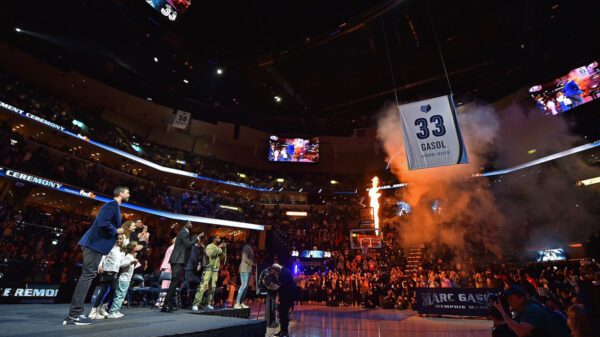
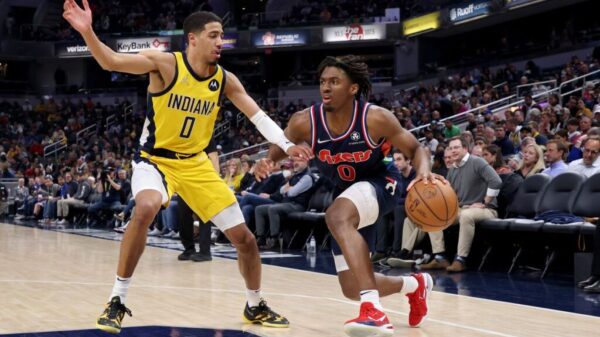
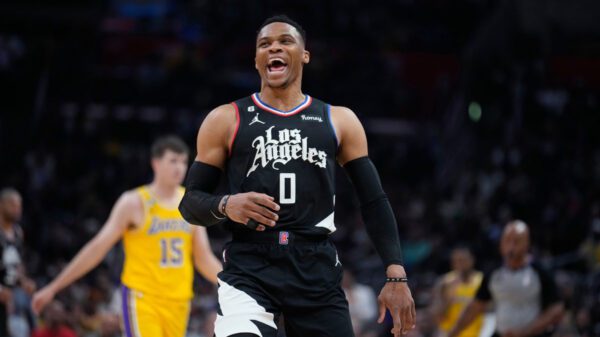
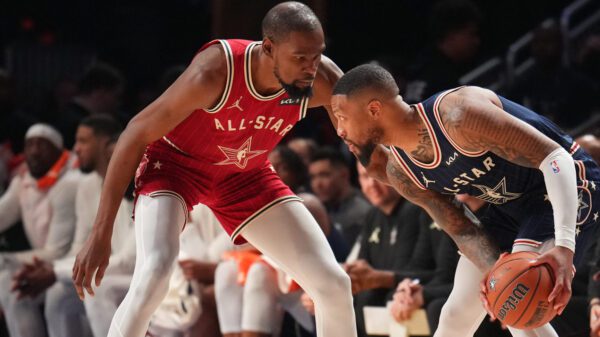
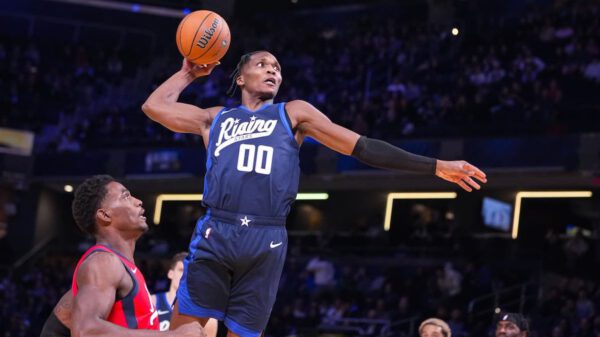
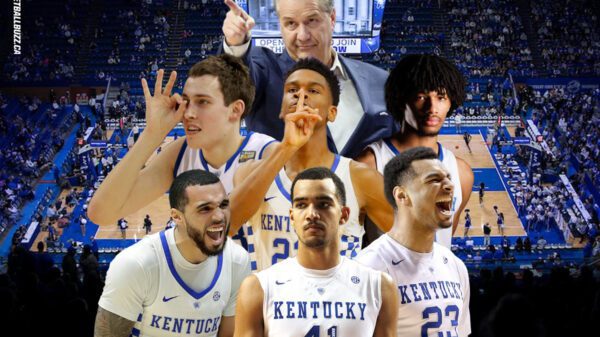
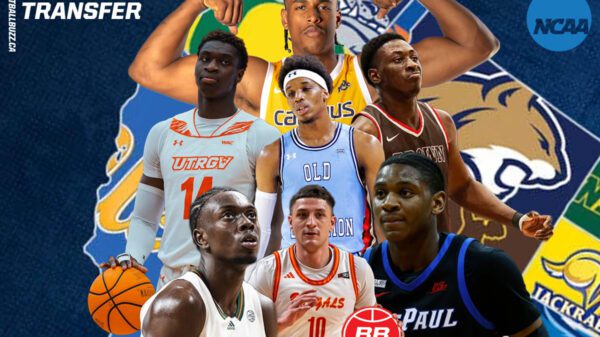
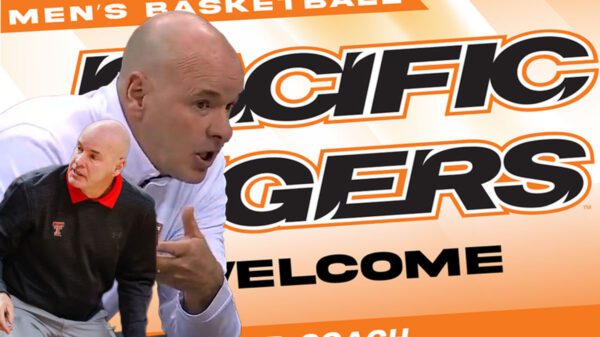
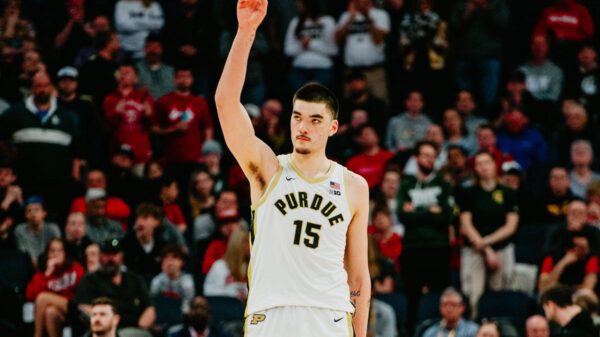
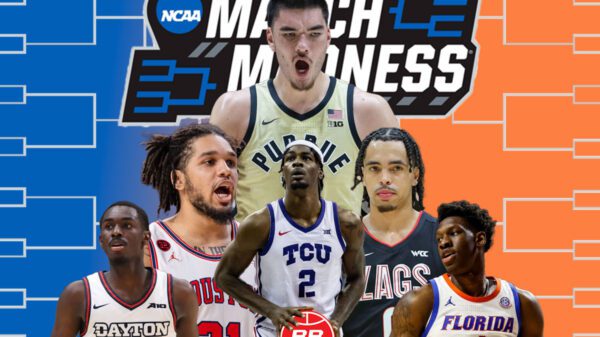
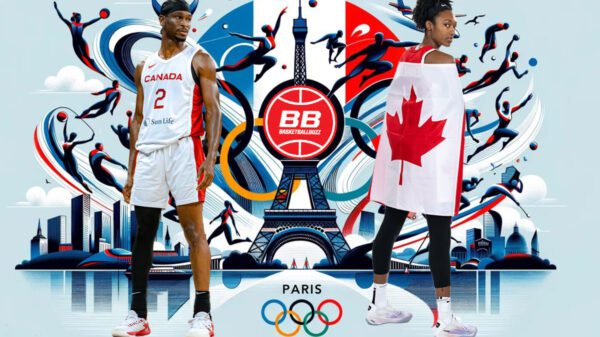
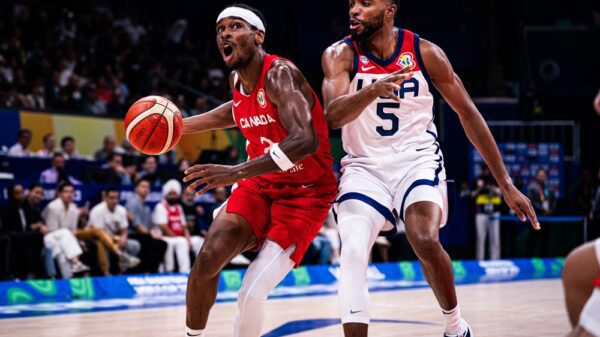
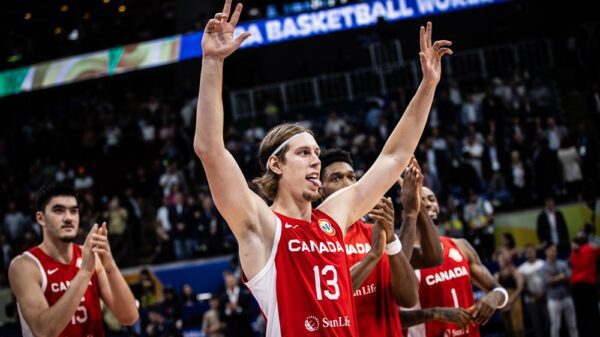
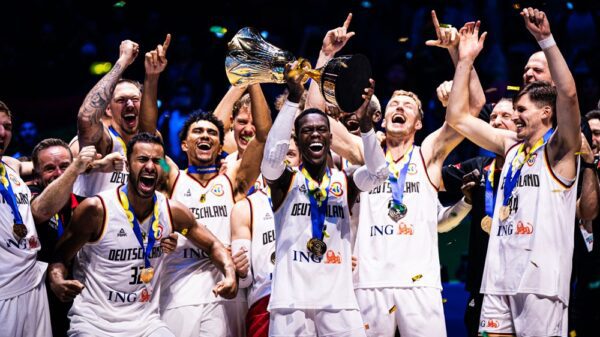
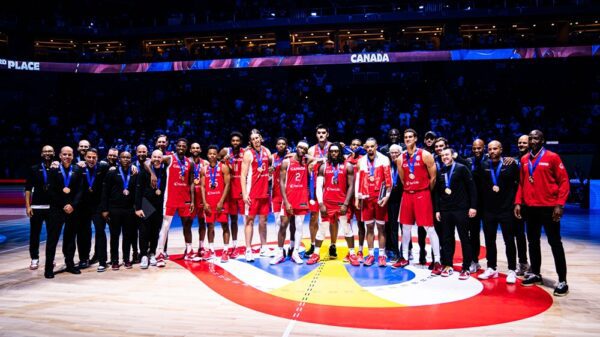
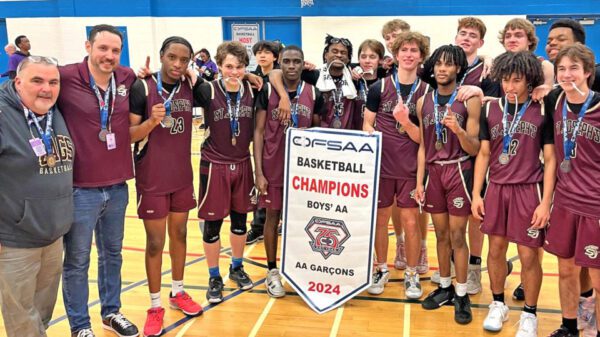
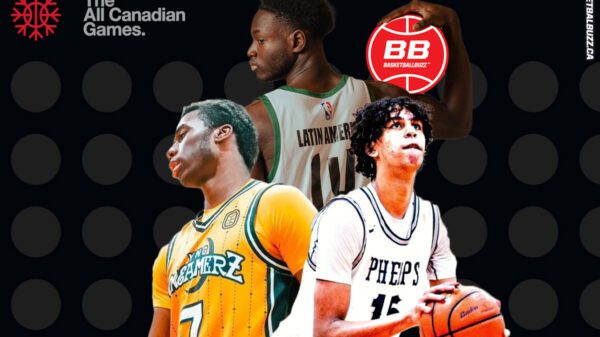
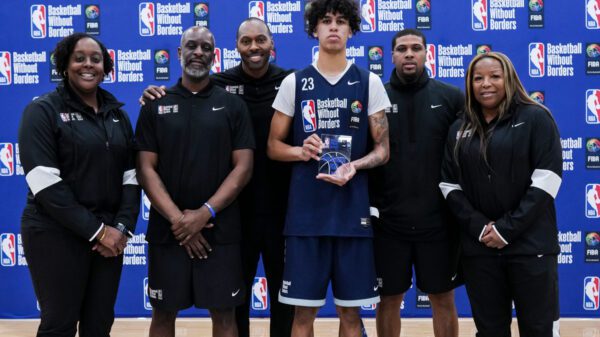
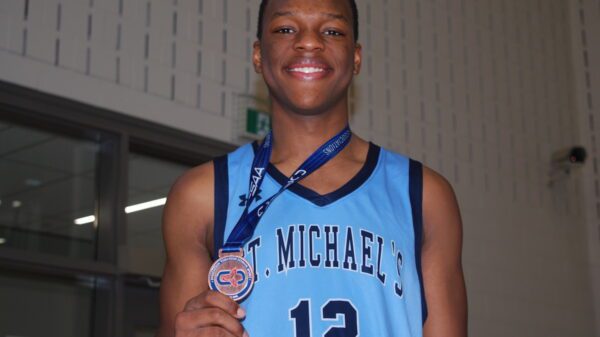
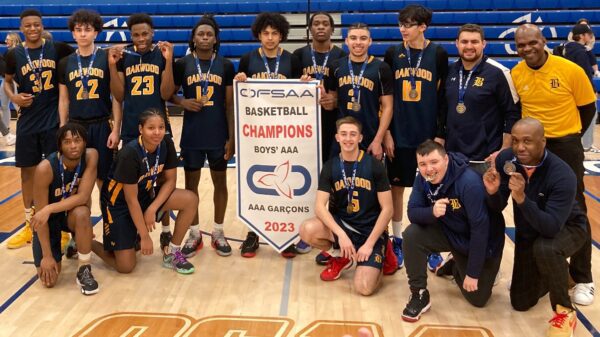
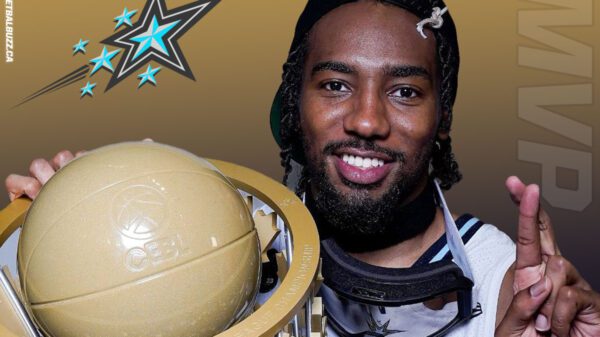
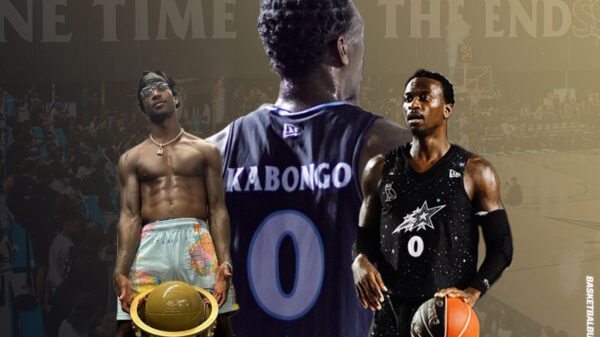

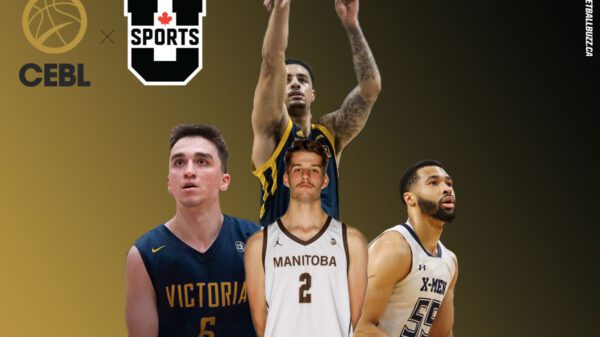
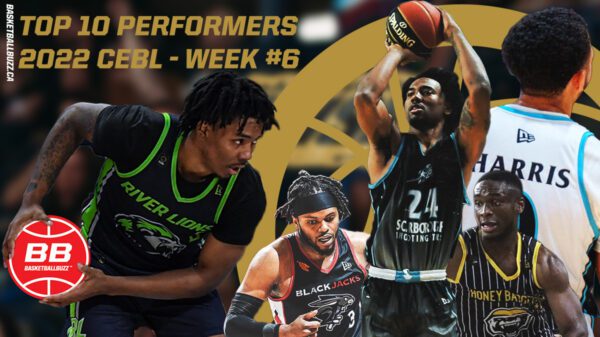
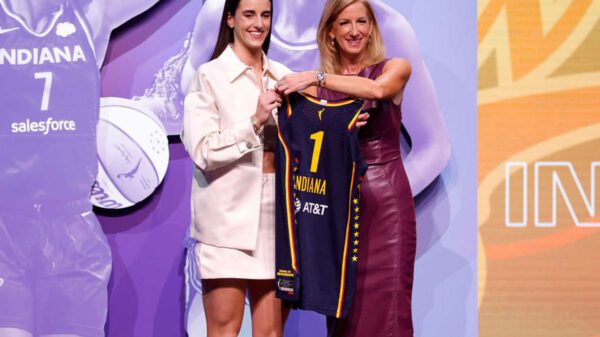
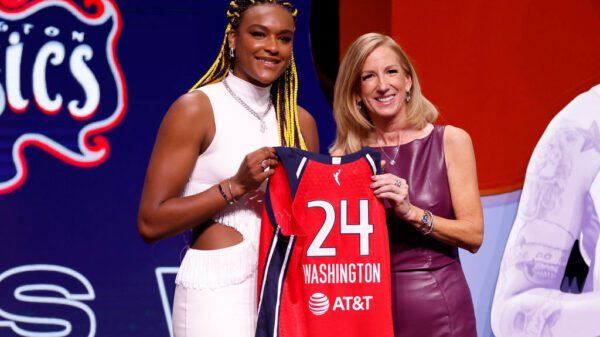
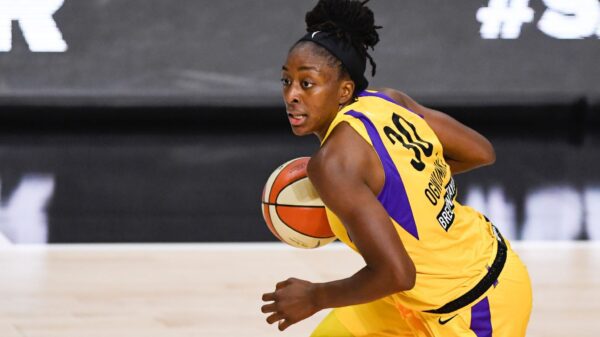
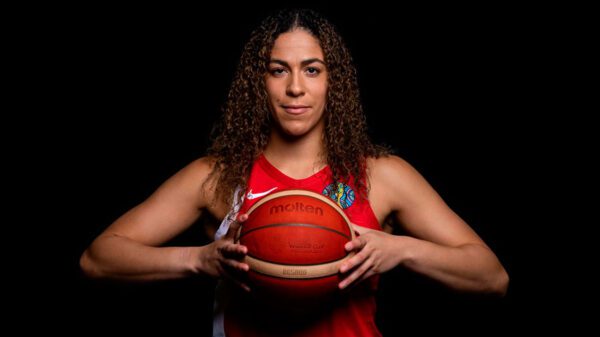
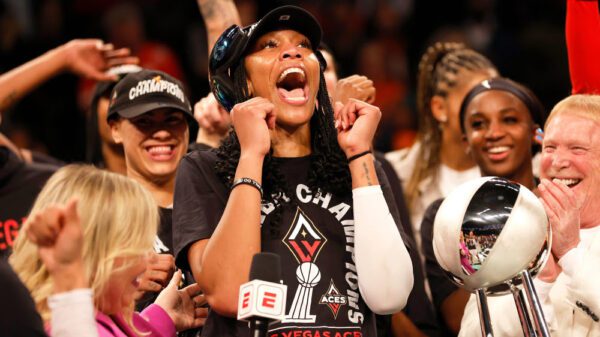
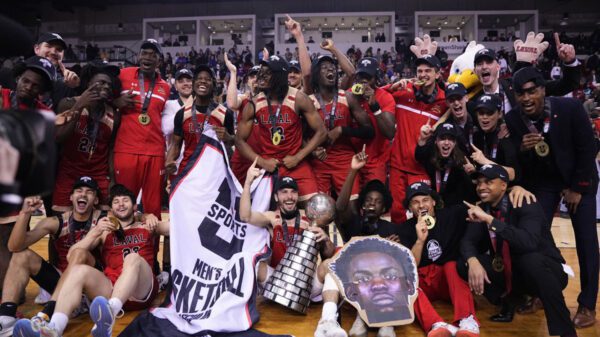
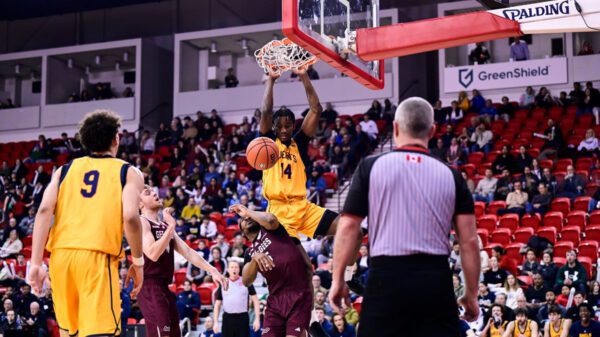
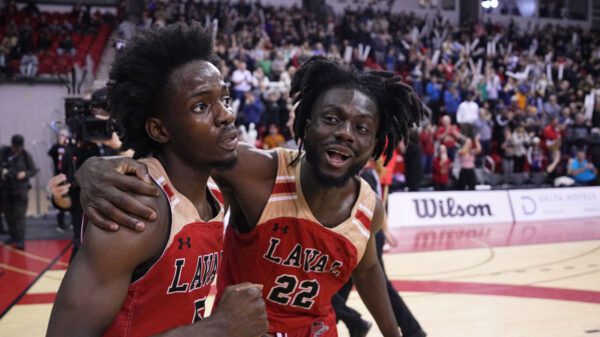
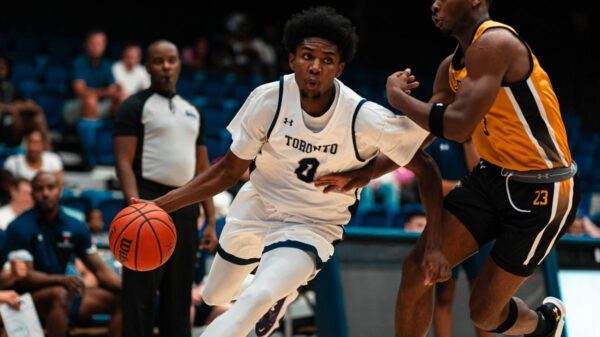
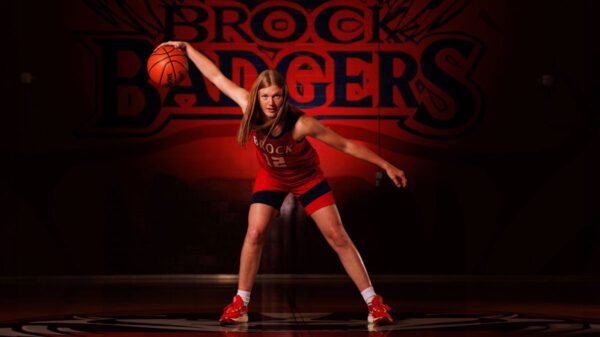

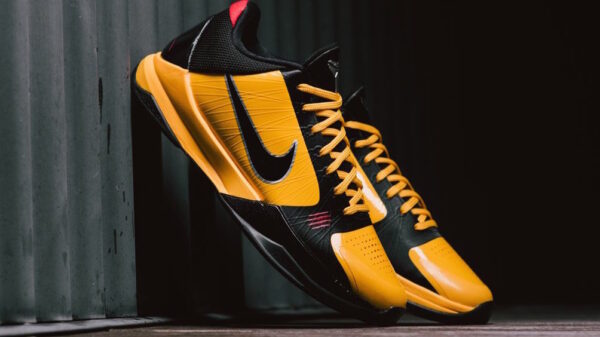


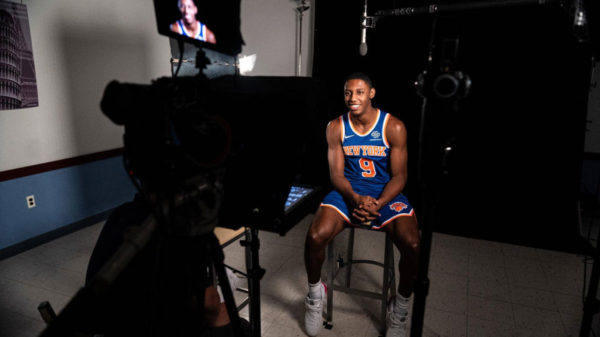

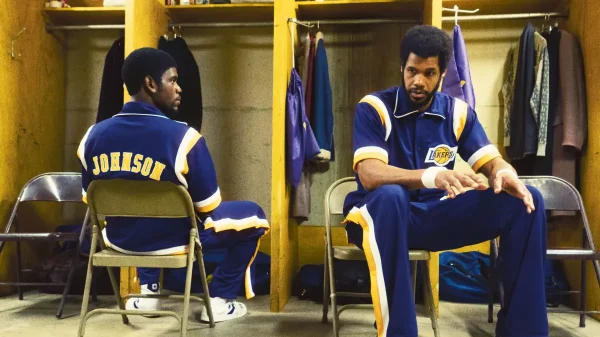
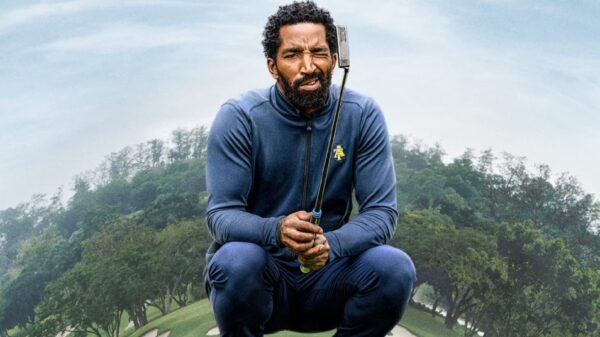
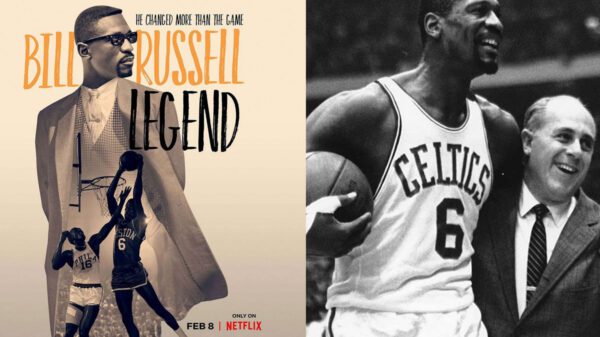
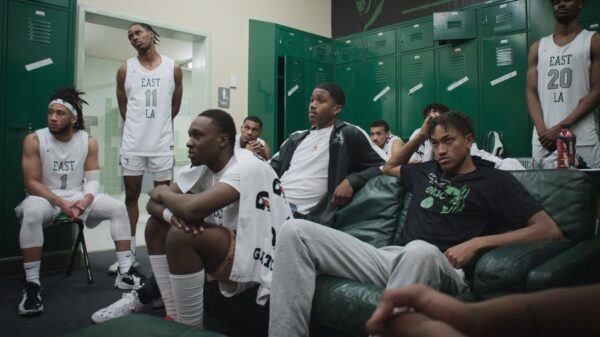
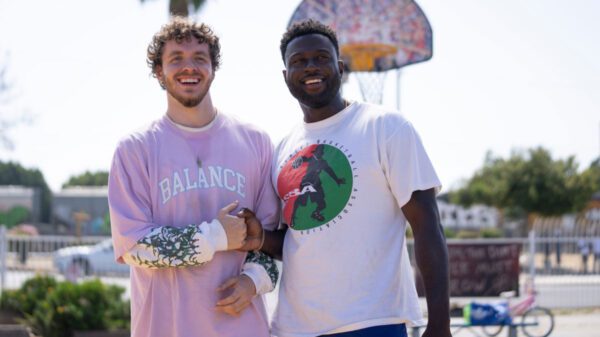

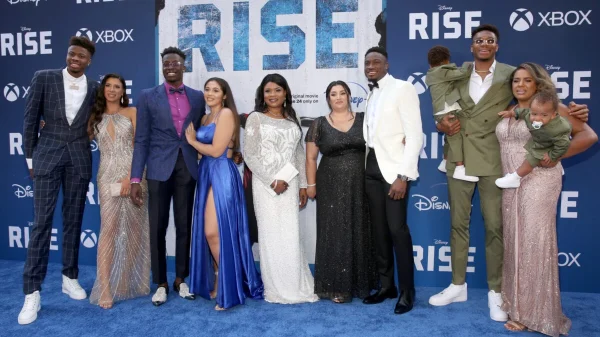
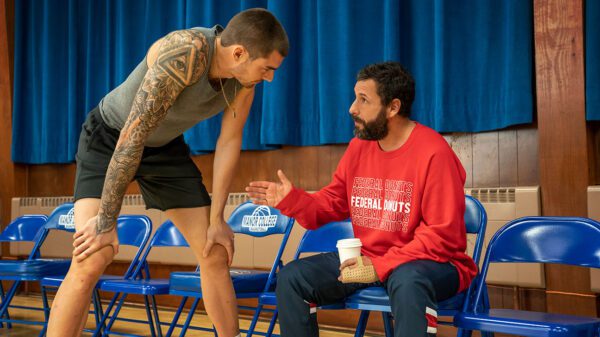
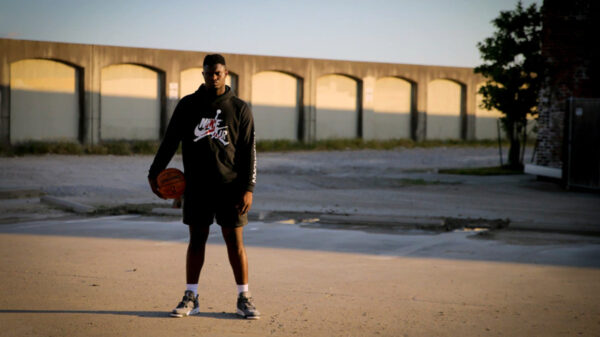


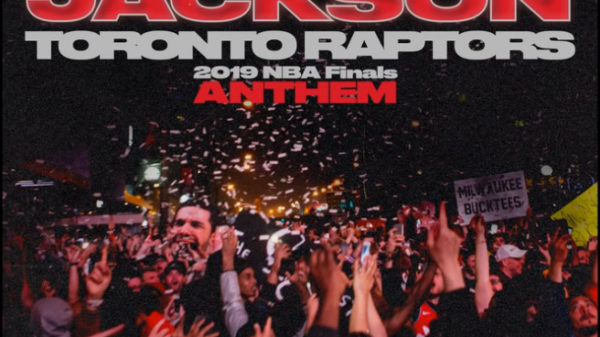
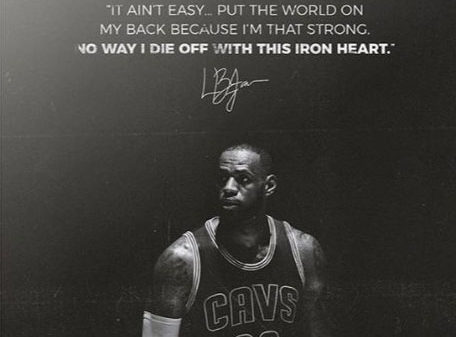
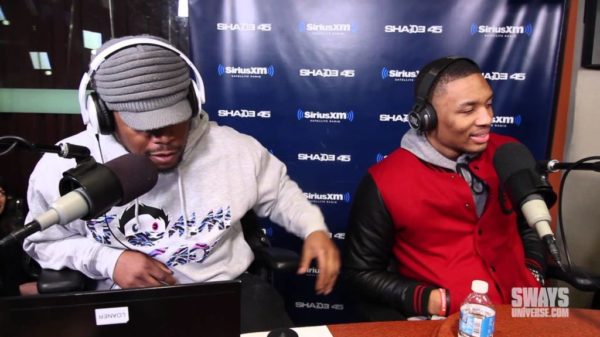

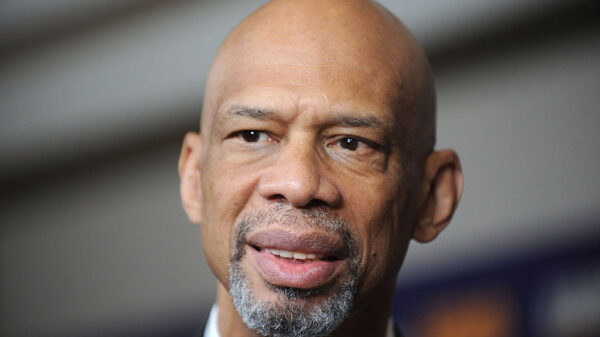
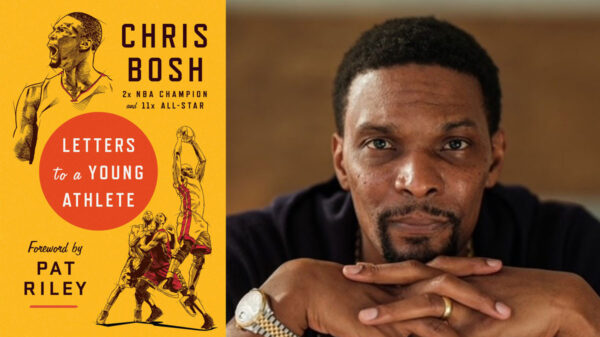

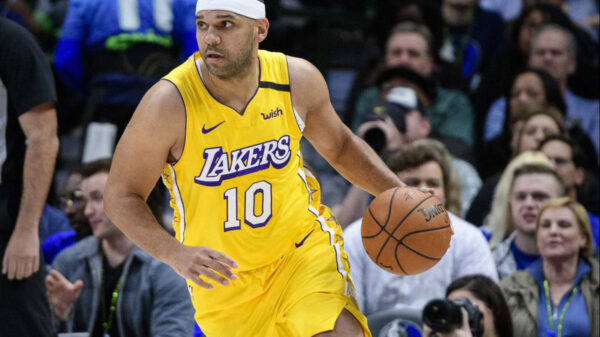
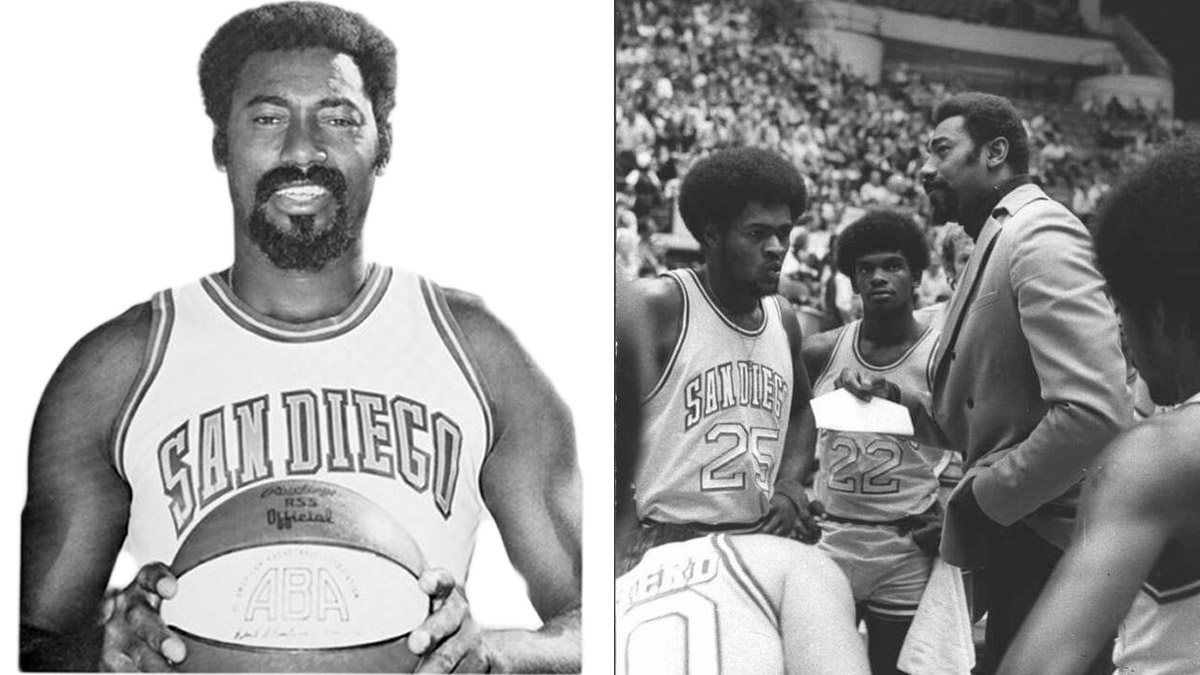
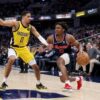
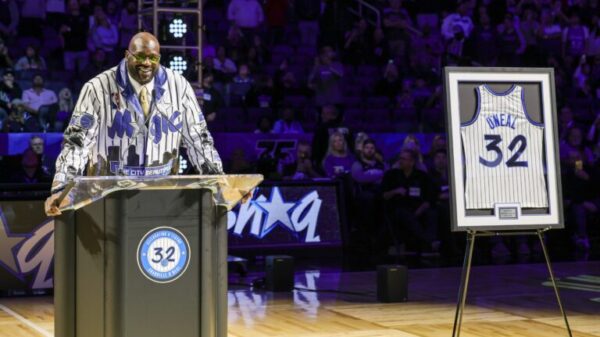
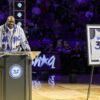
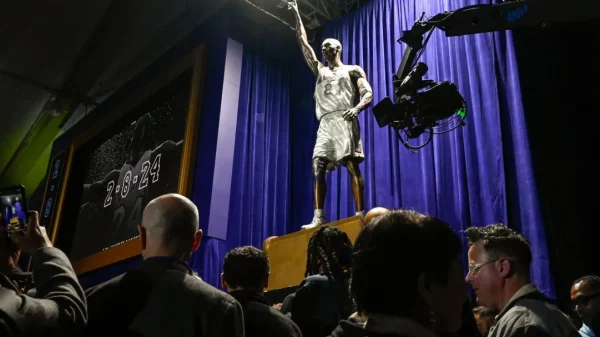
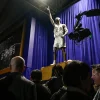
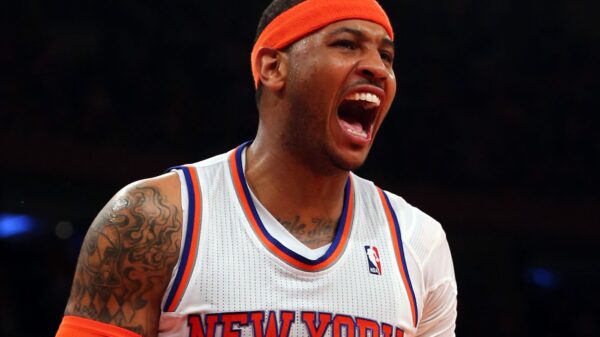
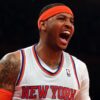
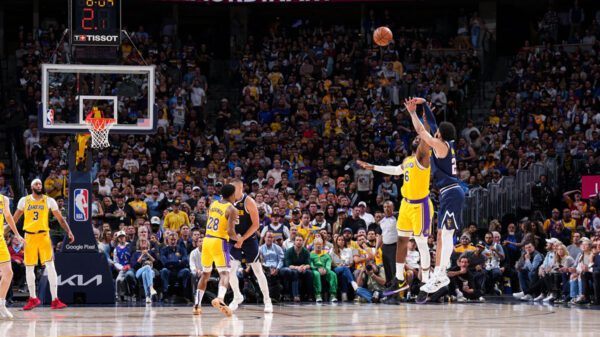
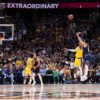
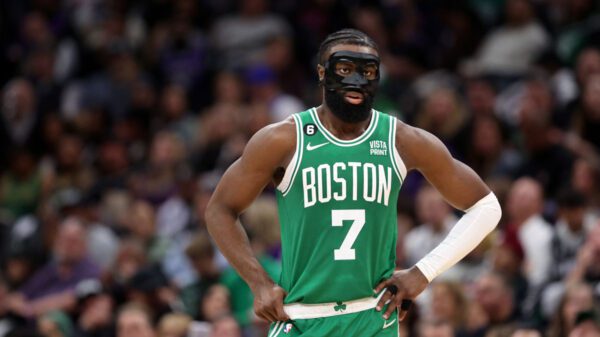
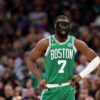
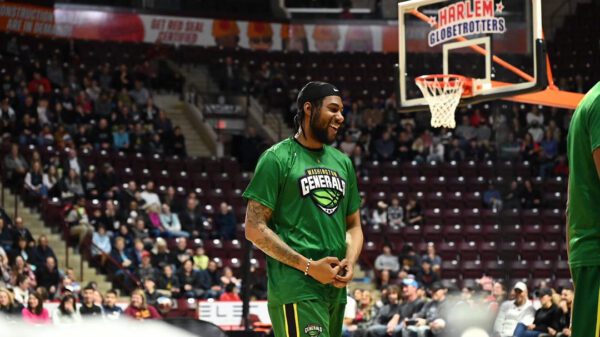
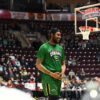
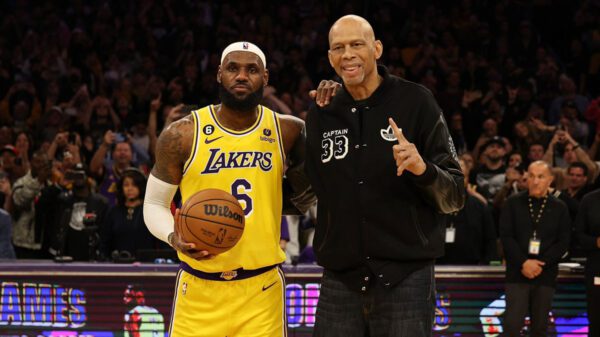
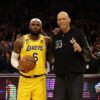
Robert B. Lawrence
March 3, 2023 at 7:28 AM
There are at least 2 errors in this article. The championship year with the Philadelphia 76ers was the 1966-67 season, not 1967-68. The other error – Wilt’s 100 point game in 1962 was with the Philadelphia Warriors, the 76ers.
Edilson J. Silva
March 3, 2023 at 8:46 AM
Hi Robert B. Lawrence,
Thanks for taking the time to send along those corrections. Much appreciated!
We’ve made the necessary adjustments and apologize for the factual inaccuracies.
“My 100 point game! My 100 point game, my man,” replied Chamberlain, in regard to his Herculean scoring effort 11 years prior while wearing the uniform of the Philadelphia Warriors
He now spotted in the crowd one of Chamberlain’s former teammates and best friends, Al Attles of the champion 1966-1967 Philadelphia 76ers.
Please let us know if you spot anything else.
Thanks kindly.